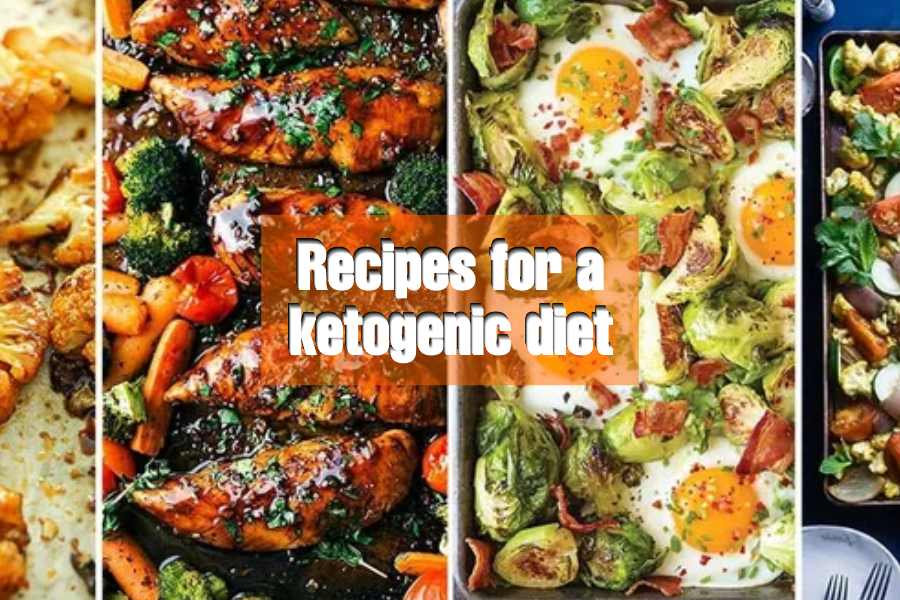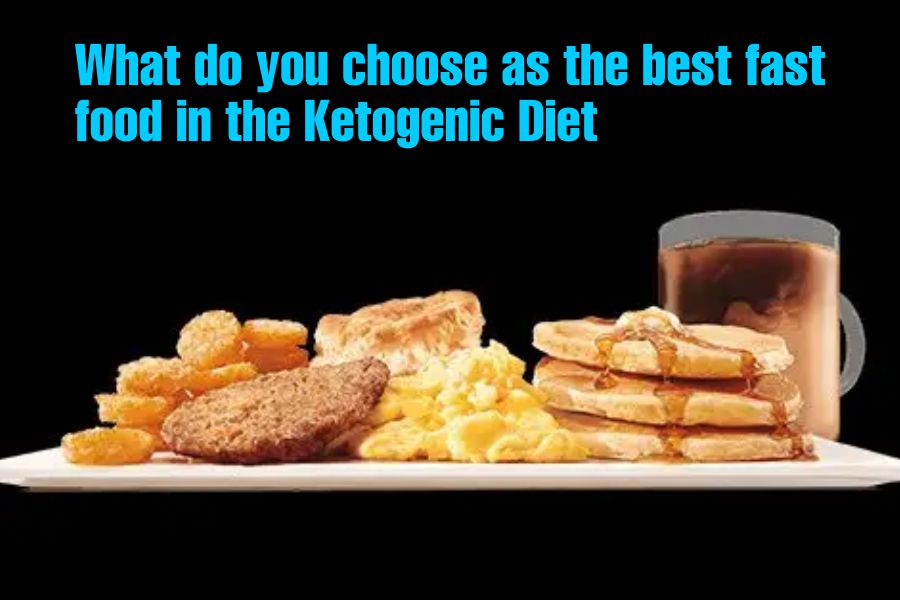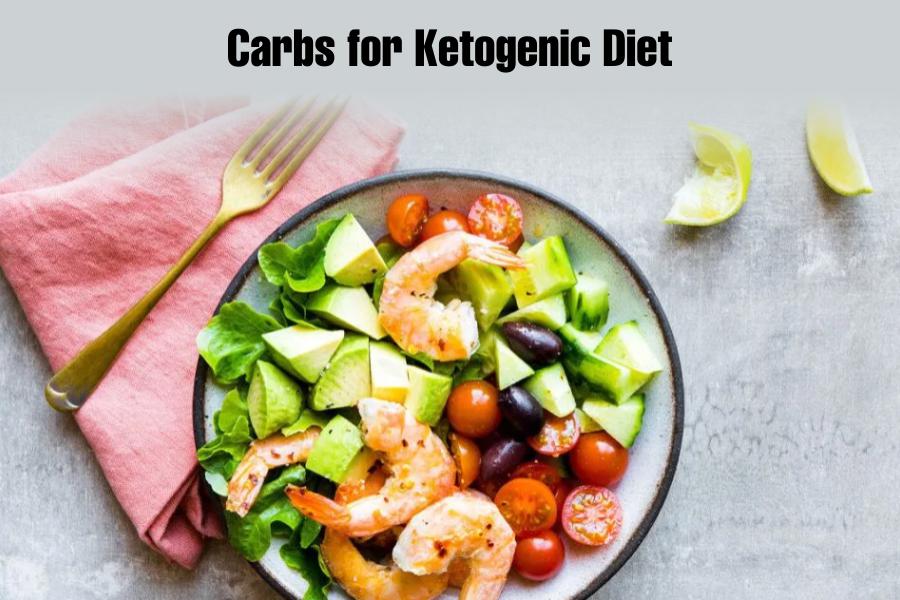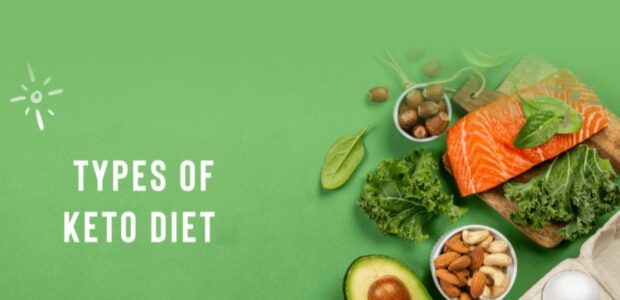
Keto, also known as the Ketogenic diet, is a dietary plan to replace the primary energy source, glucose, with fat and lose weight. Usually, our body runs on glucose as glucose is the primary energy source that mostly comes from carbohydrates. But the Keto plan reduces the intake of carbohydrates and increases the amount of fat in your diet. With the scarcity of carbohydrates, our body starts using fat as an alternative to carbs-derived glucose. This whole conversion helps to reduce the blood level of insulin, and the body begins to lose extra weight.
Moreover, there are various forms of Keto diet available so that people can choose as per their preferences and requirement. As the purpose of this diet plan (to lose weight) is constant, all different types of Keto diet plans share some similarities. If you are looking for the best Keto diet plan for you here you can get a detailed description. Go ahead and choose a Keto Diet as per your motive:
Types of Keto Diet
- Traditional Ketogenic Diet
- Strict Keto Diet
- High Protein Ketogenic Diet
- Standard Ketogenic Diet (SKD)
- Targeted Keto Diet (TKD)
- Cyclical Keto Diet
- Extremely Low-Carb Ketogenic Diet (VLCKD)
- Keto 2.0
Traditional Ketogenic Diet: Old version
The Traditional Keto diet is the oldest type of Keto diet. This diet plan has been in use since 19s century. The main purpose of this diet was to cure Diabetes and childhood epilepsy. The Traditional Keto diet is also known as the 4:1 Diet. The 4:1 stands for 4 grams of fat and 1 gram of protein and carbohydrate. Since this diet plan helps boost ketone levels in your body, it is widely used for therapeutic purposes.
Strict Keto Diet: For Epilepsy Treatment
The strict Keto Diet is also known as the Therapeutic Keto diet. It was discovered in the 1920s to treat seizures. This is a low carb, moderate protein, and high-fat diet. You must follow this diet ratio: 75% fat, 20% protein, and 5% carbs in this plan. And in terms of grams, you should take 20g to 50g of carbs, 40g to 60g of protein, and a lot of fat per day. There is no limit on fat intake because fat is the main energy source in the Keto diet. Therefore, fat requirements may vary from person to person.
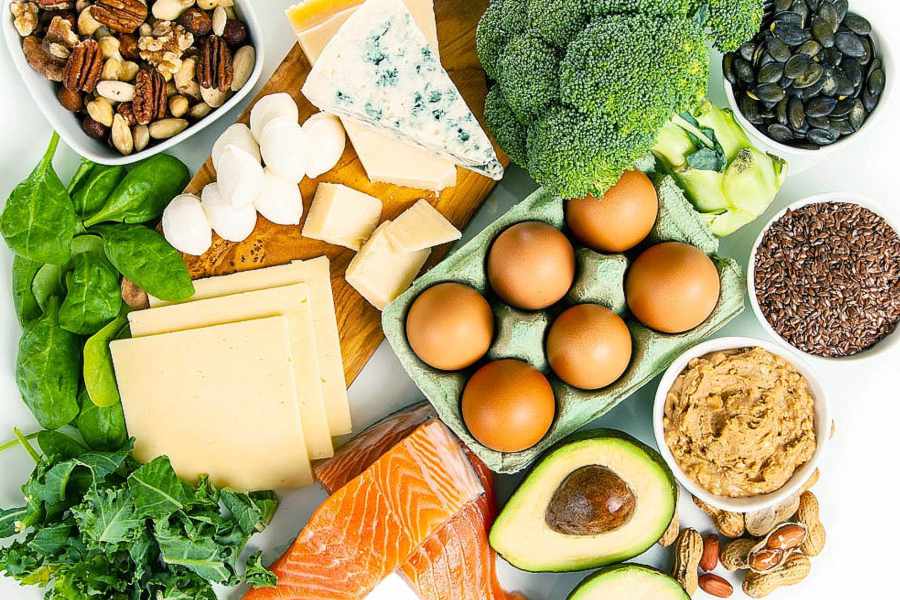
High Protein Ketogenic Diet: For Body Building
Similar to its name High protein Ketogenic Diet is a diet plan that includes a high volume of protein. The portion of protein in this diet is 35%, fat is 60%, and Carbs are 5%. This type of keto diet is effective for people who want to lose weight without losing muscle.
Standard Ketogenic Diet (SKD): Common version of Keto
This is a common type of Keto diet. Standard keto is a low-carb, high-fat, and moderate-protein diet. It normally contains 75% fat, 20% protein, and 5% carbs. But If we consider weight as a measure, we should take 20-50g of carbs, and 40-60g of protein. We can take fat as per our capacity and preference as it provides the majority of energy during the keto diet. Apart from that, you should add a vast amount of veggies and fruits to your diet.
Targeted Keto Diet (TKD): For Athletes
The Targeted Keto diet is specially designed for athletes. Besides exercise time, you can follow the regular Keto diet routine. But for 40 minutes before exercise, you should take 25g of carbohydrates to provide a complete boost to your energy. However, you must choose carbs that are easy to digest and low in calories.
Cyclical Keto Diet: In and Out Dieting
The main purpose of the Cyclical Keto diet is to make it easier to follow. On this type of Keto diet, you are allowed to eat high amounts of carbohydrates for 1 to 2 days and then go back to your regular diet with low carb and high-fat routine. You must stick to the rules for the remaining 5 to 6 days and only eat low-carb food. Apart from that, you must make sure to eat a moderate amount of carbs only on carbs days.
Extremely Low-Carb Ketogenic Diet (VLCKD): Modified Keto Diet
In Low carb Keto diet, the suggested total carb intake per day is 800 kilocalories and carbs under 30g. In addition to that, you must take around 10g of fats per day and protein as per your body weight. If we explain broadly, take 1 gram of protein per 1kg of your body weight; for example, if your weight is 50 kg, take 50g of protein per day.
Keto 2.0: Morden version
Keto 2.0 is a modern version of the Keto diet plan with the main goal: “Plant-based Keto.” That means plants take a vast portion of your overall diet. You may include virgin olive oil, avocados, nuts, fruits, nuts, and coconut oil in your diet. You can also fulfill protein requirements with fish and eggs, but taking meat is not appreciated. In short, in Keto 2.0, the portion of Protein and carbs are high, and the amount of fat is low.
You may also like – BENEFITS OF THE KETO DIET
Conclusion: how to pick the right one
There is no best type of Keto diet for everyone. The result of all keto diets can differentiate on the basis of body composition and capability. So how world you know which type of Keto diet is more suitable for you? To find the correct answer to this question, a newcomer should try different dietary approaches and compare their effectiveness.
Moreover, If you are new to the Keto diet, start on the higher protein Keto diet. Thirty percent of daily calories from protein is an excellent way to lose fat. Apart from them, it is suggested that fewer following a particular diet plan you must consult with your doctor or registered dietitian.
FAQs
How long does it take to get adapted to the Keto diet?
Keto adaption can last for around four weeks. But it may also depend on your willingness and determination to lose weight. Stick to a low-carb diet, and with that, you can also do some physical exercises to get fast results.
Can I track my ketones levels? If yes, then how?
Yes, you can track your ketones levels. There are a few ways to track your ketone levels, but it highly depends on your budget. Urine ketone strips are the cheapest way that helps you test your ketone level more often. However, this kit only gives you an estimated range of ketone levels in your body but is not an aqurate result.
Does the Keto diet help with weight loss?
Yes, Losing weight is one of the best benefits of the Keto diet. If you stay disciplined and follow the keto diet chart regularly, it will show you results. But should not break the diet routine and control junk food consumption.
Can I also practice intermittent fasting along with Keto?
Yes, you can. If you do intermittent fasting along with the keto diet, it will boost ketone levels in your body. But before adding intermittent fasting to a keto diet, you must consult with your doctor or a certified dietician.
